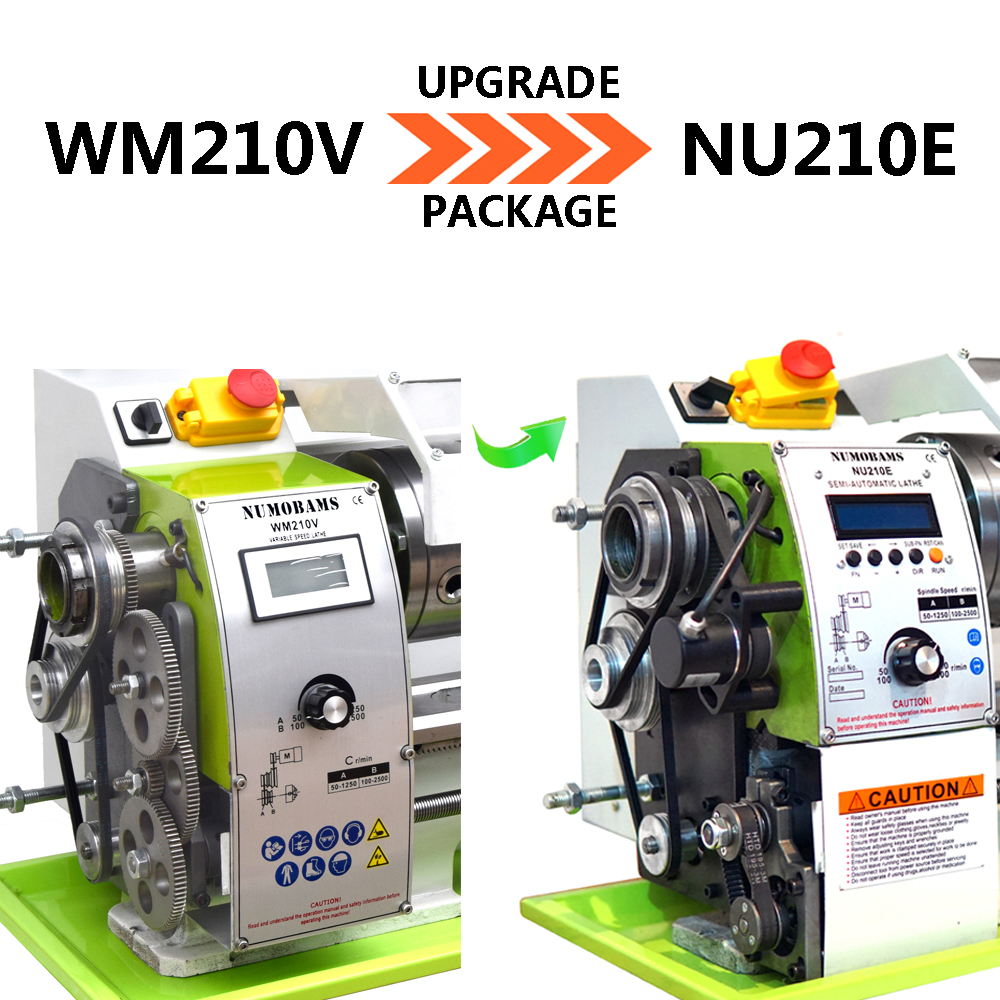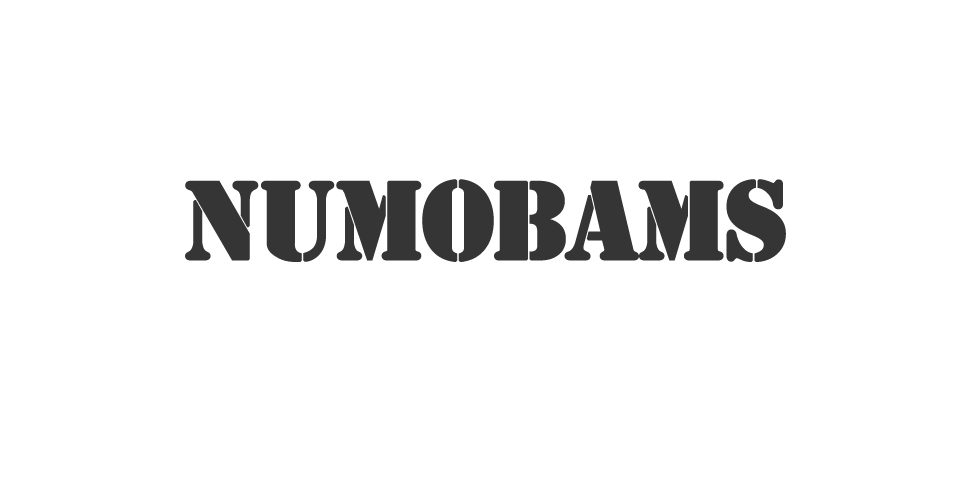I haven't read thru the entire post but I assume you watched
where he changed from a stepper to a hybrid servo? In the video he showed how the torque dropped off rapidly with steppers. His final install was with that servo. I have a larger lathe and used a JMC iHSV60-30-40-48 400W integrated servo that has double the torque of the one Clough42 used. I have no trouble making very heavy cuts and no stall. The torque curves on these allow you to use higher speed and utilize the gearbox to increase the torque. I set my PM-1340GT at D-6 which is 6:1 reduction.
I have read that. One can sprinkle more money on the "issue" and fix it. I have a 4Nm stepper and have no issue with cutting on a 10 x 22 class lathe. I have cut 4 TPI threads in steel, which the original lathe has no gears for. The lathe was only set up from the factory for 8 TPI.
At the risk of beating a dead horse, here is my take:
The "issue" is that an attempt is being made to connect the motor through an additional gearbox, and cross feed unit, operating at 32F which is an additional motor load. My original design drove the lead screw directly. It's quite possible that a simple gear reduction could be satisfactory fix, with an appropriate accommodation in software.
As of the moment, the "issue" is sort of a red herring, as it has not been demonstrated that the actual operation of the lathe is compromised. Without a demonstrated lathe operation issue, why fix something that may not be broken?
Making the motor more powerful than the lathe is rated for, is long term asking for trouble. An off shore 10x lathe is never going to have the same capability or rigidity as much larger and heavier machines. The lathes work to some envelope and that's it. Want more? Go to a bigger class machine. You can do more stuff.
My view on the situation is to validate if the motor isn't adequate when being used normally. Holding onto the hand wheel and resisting movement while machining under automated threading or feeding is not normal operation, in my opinion. Don't consider that a safe operation on a normal geared lathe, so what makes it proper for a motorized lead screw? If the motor is not sufficient under normal operation, for conditions that are appropriate to this class lathe, then it is an issue, and there are ways to fix it. (Motors & Gearing choices.)
I would agree that a larger lathe can generate larger loads and could take advantage of bigger, higher torque motors. They also can accommodate larger motors without looking like you strapped a locomotive engine on the side!



